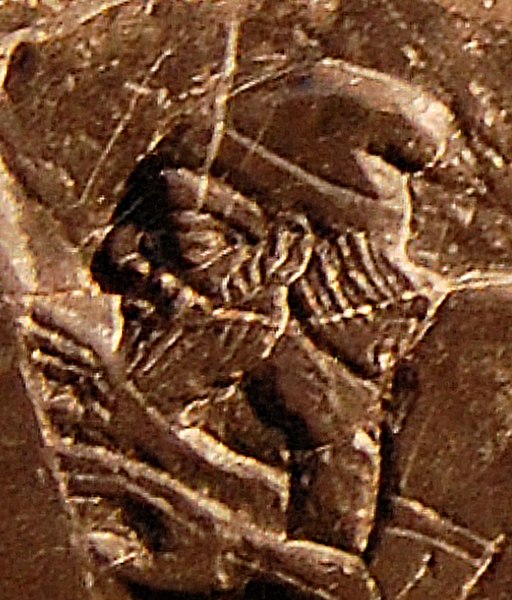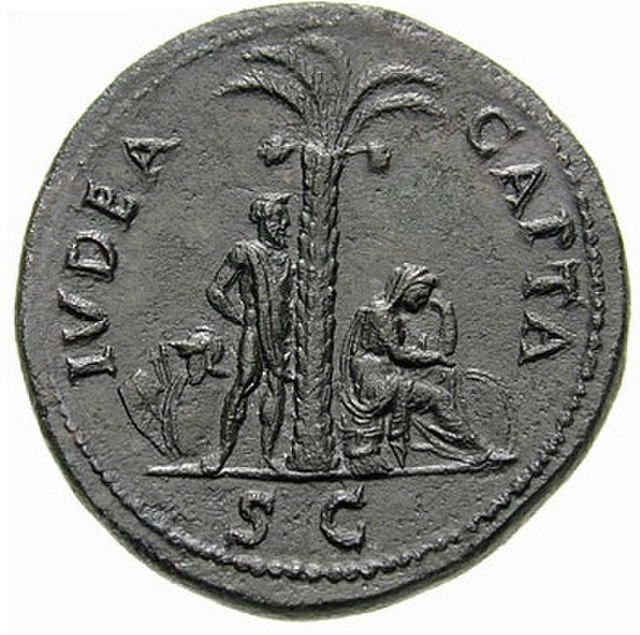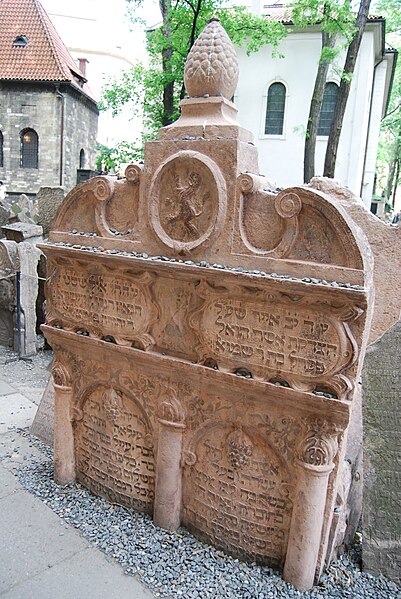Jewish identity is the objective or subjective state of perceiving oneself as a Jew and as relating to being Jewish. Under a broader definition, Jewish identity does not depend on whether a person is regarded as a Jew by others, or by an external set of religious, legal, or sociological norms. Jewish identity does not need to imply religious orthodoxy. Accordingly, Jewish identity can be cultural in nature. Jewish identity can involve ties to the Jewish community. Orthodox Judaism bases Jewishness on matrilineal descent. According to Jewish law (halacha), all those born of a Jewish mother are considered Jewish, regardless of personal beliefs or level of observance of Jewish law. Progressive Judaism and Haymanot Judaism in general base Jewishness on having at least one Jewish parent, while Karaite Judaism bases Jewishness only on paternal lineage. These differences between the major Jewish movements are the source of the disagreement and debate about who is a Jew.

Ashkenazi Jews praying in the synagogue on Yom Kippur, showing traditional Jewish clothing and practice, including tallit, the Torah, and head coverings. (1878 painting by Maurice Gottlieb)
The Jews or Jewish people are an ethnoreligious group and nation originating from the Israelites of the ancient Near East, and whose traditional religion is Judaism. Jewish ethnicity, religion, and community are highly interrelated, as Judaism is an ethnic religion, although not all ethnic Jews practice it. Despite this, religious Jews regard individuals who have formally converted to Judaism as part of the community.
Depiction of King Jehu, tenth king of the northern Kingdom of Israel, on the Black Obelisk of Shalmaneser III, 841–840 BCE. This is "the only portrayal we have in ancient Near Eastern art of an Israelite or Judaean monarch".
A Roman coin inscribed Ivdaea Capta, or "captive Judea" (71 CE), representing Judea as a seated mourning woman (right), and a Jewish captive with hands tied (left)
Tombstone of the Maharal in the Old Jewish Cemetery, Prague. The tombstones are inscribed in Hebrew.
Bible manuscript in Hebrew, 14th century. Hebrew language and alphabet were the cornerstones of the Jewish national identity in antiquity.





